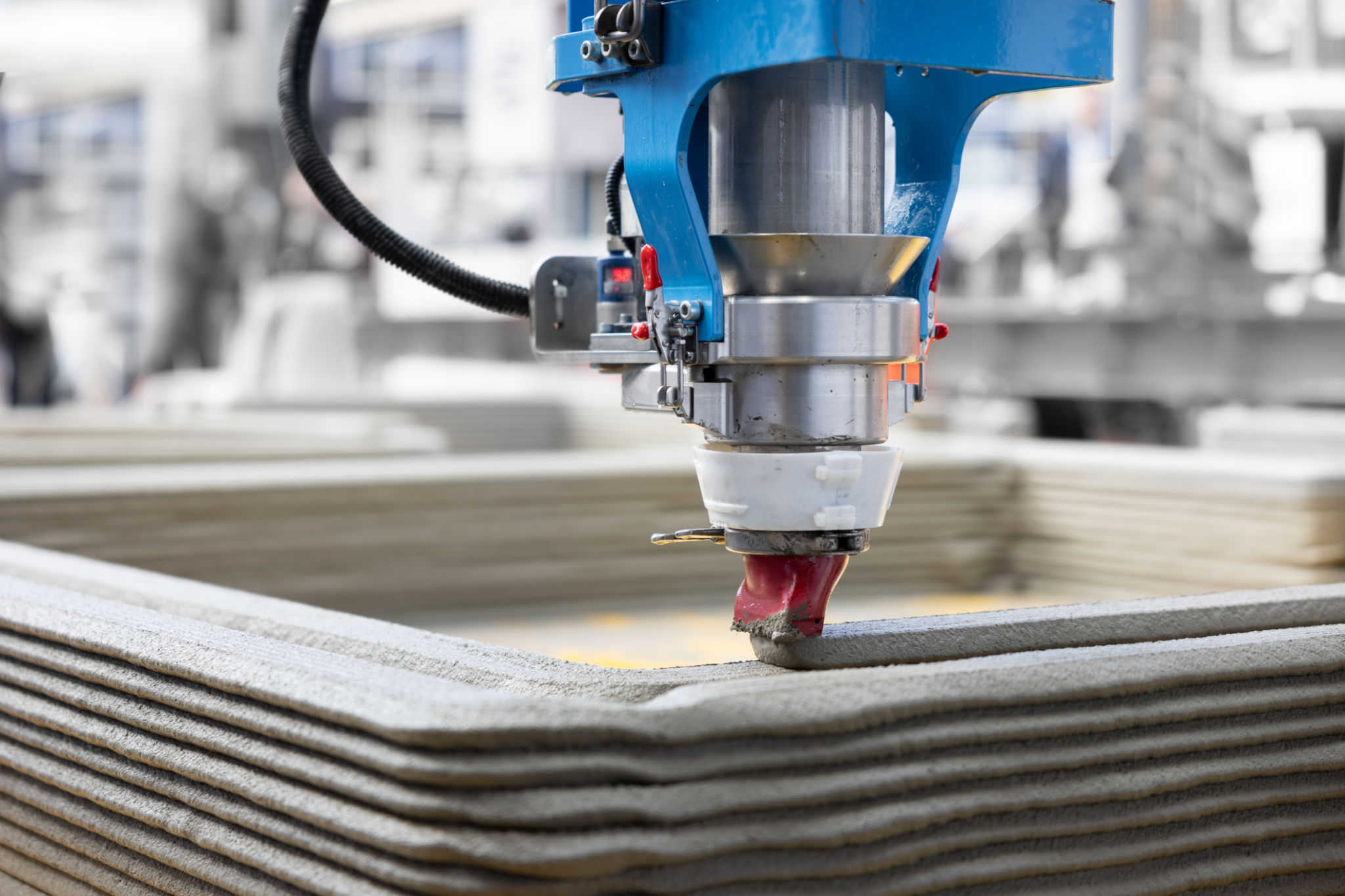Case Study: How 3D Printing and Rapid Prototyping Solutions Enhanced Product Development
Introduction to 3D Printing and Rapid Prototyping
In recent years, 3D printing and rapid prototyping have revolutionized the way businesses approach product development. These technologies offer a faster, more efficient method for creating prototypes and final products, allowing companies to reduce costs and time to market. In this case study, we explore how these innovative solutions have enhanced product development processes across various industries.

The Role of 3D Printing in Product Development
3D printing, also known as additive manufacturing, enables the creation of three-dimensional objects from a digital file. This technology allows designers and engineers to produce complex structures that would be challenging or impossible to create using traditional manufacturing methods. The benefits of 3D printing in product development include increased design flexibility, reduced waste, and the ability to produce small batches cost-effectively.
Companies using 3D printing can quickly iterate on designs, making changes and improvements without the need for costly retooling. This agility helps businesses respond faster to market demands and customer feedback, improving their competitive edge.
Case Study: Automotive Industry
The automotive industry has been at the forefront of adopting 3D printing technology. Major car manufacturers have utilized it to produce lightweight components, reducing vehicle weight and improving fuel efficiency. Additionally, rapid prototyping allows for quicker testing of new designs, reducing the time needed to bring new models to market.

Enhancing Rapid Prototyping with Advanced Technologies
Rapid prototyping involves creating a working model of a product quickly to test its functionality and design. By incorporating 3D printing technologies, companies can produce prototypes faster and with greater precision. This is particularly beneficial in industries such as aerospace, where accuracy and reliability are paramount.
The use of rapid prototyping enables businesses to conduct thorough testing and evaluation before full-scale production. This approach minimizes risks associated with design flaws and ensures that the final product meets all necessary standards and specifications.
Case Study: Consumer Electronics
In the consumer electronics sector, rapid prototyping has become an essential tool for innovation. Companies can experiment with new features and designs in a cost-effective manner, allowing them to stay ahead in a competitive market. For instance, wearable tech companies use these solutions to swiftly create new models that cater to evolving consumer preferences.

Benefits Beyond Prototyping
While rapid prototyping is a significant advantage, 3D printing also offers benefits beyond the development phase. For example, it allows for on-demand production of spare parts, reducing the need for large inventories. This capability is particularly advantageous in industries with complex supply chains or those that require custom parts.
Moreover, 3D printing facilitates sustainable manufacturing practices by reducing material waste and enabling the use of eco-friendly materials. As sustainability becomes increasingly important, companies can leverage these technologies to align with environmental goals while maintaining efficiency.
Conclusion: A New Era of Product Development
The integration of 3D printing and rapid prototyping into product development processes marks a significant shift towards more agile and innovative practices. As these technologies continue to evolve, they promise to further enhance efficiency, reduce costs, and drive innovation across various industries.
Companies that embrace these solutions are well-positioned to lead in their respective fields, offering advanced products that meet the changing needs of consumers while maintaining a commitment to sustainability and quality.
